If you enjoy spice food, you are probably curious to know what the most expensive spice in the World is.
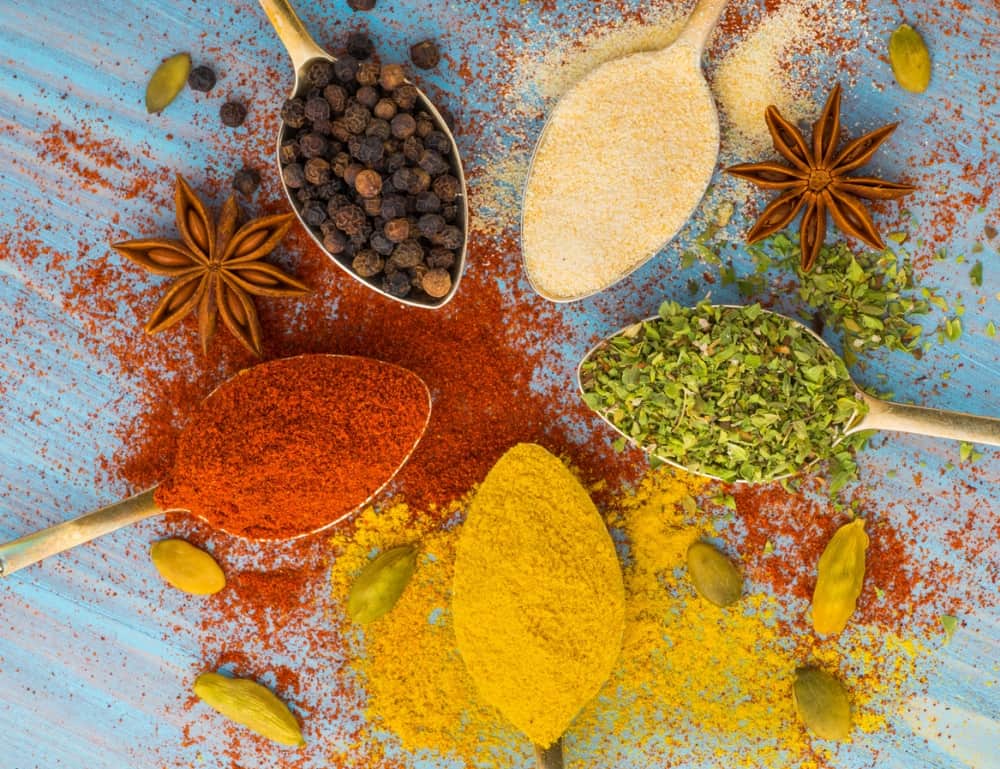
Got a literal taste for the finer things in life? We’ve got just the feature for you. Below, you’ll find a rundown of the 10 most expensive spices from around the globe that command top-dollar at international markets.
Some are astonishingly common culinary staples; others are decidedly more obscure.
All of them cost more per unit than dinner for two at an average mid-range restaurant.
So sit back and feast your eyes on this fine selection of sumptuous flavor enhancers. You might be surprised to discover how many of them you’ve sampled already.
And in case you zoned out while scrolling (shame on you), here’s a quick recap of the 10 most expensive spices in the world:
- Saffron
- Fennel Pollen
- Pure Vanilla
- Mahleb
- Long Pepper
- Black Cumin Seed
- Kaffir Lime Leaves
- Grains of Paradise
- Green Cardamom
- Pasilla de Oaxaca Chiles
How many of these have you tried? Let us know in the comments below!
10 Most Expensive Spices
To compile this list, we dug up the most up-to-date pricing info we could find on the offerings in question and compared them head-to-head, making sure to account for recent economic trends and changes in consumer demand.
A quick glance at the averages quoted here will give you a clear sense of just how sought-after these items are and the kind of spending power needed to obtain them.
1. Saffron
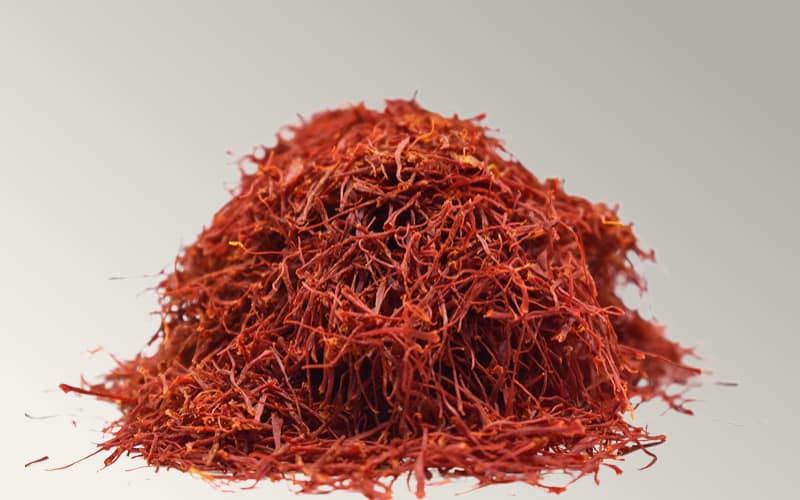
Cost: ~$5,000 Per Pound
Saffron is a spice derived from the stigma of the Crocus sativus flower, which is native to various parts of Eurasia. It’s prized for its delicate floral flavor and is employed extensively in traditional Middle Eastern, Indian, and Western European cookery.
But it isn’t these appetizing tasting notes alone that make it the most expensive spice in the world. It’s the way it’s produced.
Saffron is one of the most labor-intensive botanicals known to man. Amassing a single kilo of saffron requires approximately a quarter-million flowers and somewhere in the neighborhood of 500-600 hours of manual labor.
To make things even trickier, saffron flowers bloom only twice a year, and each flower produces a mere three stigmas (the threadlike strands from which the whole spice is derived). That means there’s a very narrow window in which all that work has to get done.
With these facts in mind, it’s easy to see why so much of the expense gets passed on to the consumer.
2. Fennel Pollen
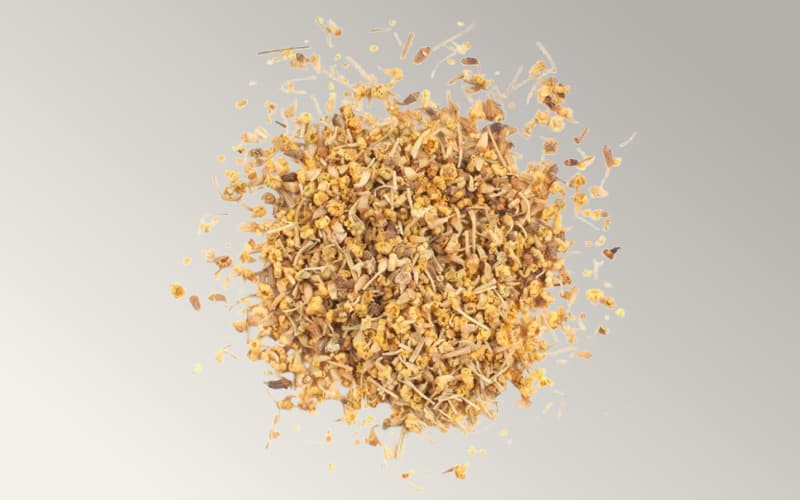
Cost: ~$500 Per Pound
You may already be familiar with fennel if you’re a fan of Italian sausage or Indian food, but we can almost guarantee you’ve never had it like this.
Nearly every part of the fennel plant (Foeniculum vulgare for all you horticultural nerds out there), from the bulbs to the seeds, is used in some capacity in pan-cultural cuisine. But it’s the tiny flowers, or “pollen,” that impart the most intense and complex flavors. These flowers aren’t easy to come by, hence the outsized dollar amount attached to them.
Fennel pollen is another spice that costs what it does because of how difficult it is to harvest in large quantities. Fortunately, a little goes a long way. It would have to, considering that a single ounce costs a whopping $30 smackers.
3. Pure Vanilla
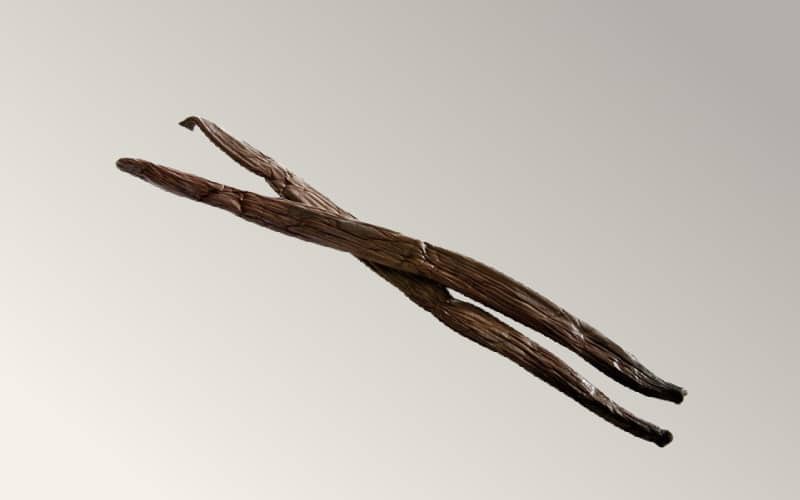
Cost: ~$300 Per Pound
We know what you’re probably thinking: “How expensive can vanilla realistically be if it’s in almost everything?” It’s a fair question, one with a simple yet surprising answer: that’s not real vanilla you’ve been eating.
The vast majority of the “vanilla” found in things like candies, cookies, and ice creams is nothing more than a cheap imitation. Even so-called vanilla extracts, which pass themselves off as undiluted vanilla essence, are more often than not simply synthetic vanillin, the chemical compound that gives genuine vanilla its unmistakable flavor.
The real McCoy can cost upwards of $20 per ounce because the toothsome bean pods have to be pollinated by hand and tended more or less constantly. Bottom line, you have to be willing to pay a premium if you want premium vanilla (and trust us, you do).
4. Mahleb
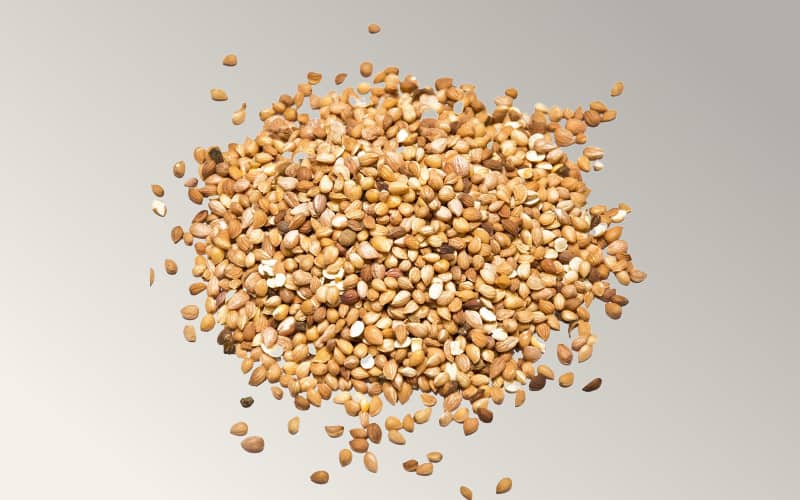
Cost: ~$80 Per Pound
Mahleb may not have caught on yet in the West, but it’s been a hot commodity among European and Arabian spice traders for centuries, and its popularity doesn’t look to be dying down anytime soon—even mediocre mahleb can sell for as much as $5-6 per ounce.
You’ll understand why once you learn how it’s made.
Mahleb (also called “mahlab” and “mahalepi”) is a sweet, fragrant, slightly bitter spice produced by processing the stones of fruit from the Prunus mahaleb tree, or St. Lucie cherry, a species of cherry tree that grows mainly in central and southern Europe, Asia, and select areas in the Near East.
To reduce the whole cherries to a fine dust suitable for sprinkling, spice makers must extract, dry, and grind hundreds of thousands of pits at a time. All you have to do is fork over a few bucks. Seems like a fair trade.
5. Long Pepper
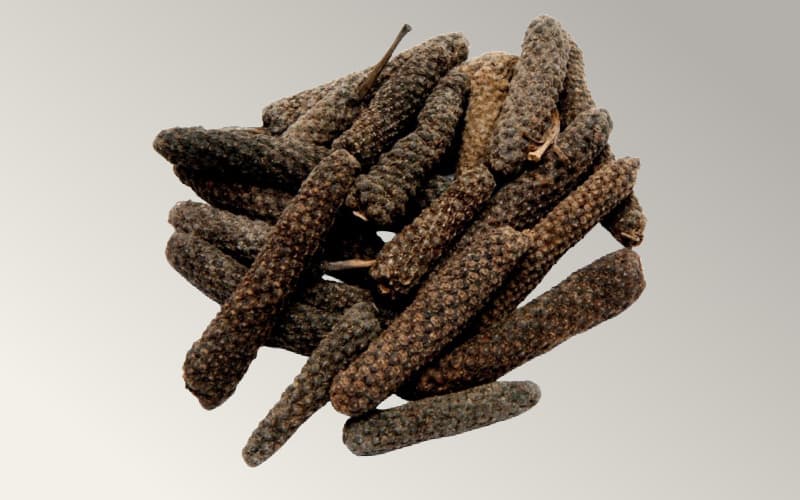
Cost: ~$45 Per Pound
Long pepper is similar to the humdrum black pepper you keep in the cupboard, only more nuanced in terms of taste and a heck of a lot pricier.
One of the reasons for this spice’s inflated market value is that it’s “long” on flavor. The dried, crushed berries boast hints of anise, cinnamon, and nutmeg in addition to the trademark muskiness and bite with which black pepper is usually associated.
It’s also relatively scarce. There are but two varieties of long pepper, and neither of them is found outside of India and Indonesia. That said, the aromatic, woody pods have been known to pop up at Indian supermarkets in far-flung places, so keep a watchful eye on the shelves and be sure to wait until after payday to stop in.
6. Black Cumin Seed
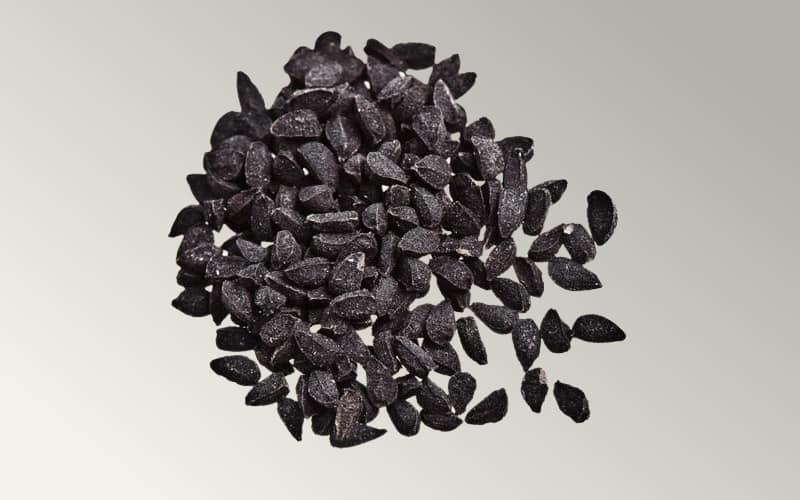
Cost: ~$40 Per Pound
A close cousin of conventional cumin (Cuminum cyminum), black cumin is marked by several subtle distinctions in both appearance and culinary application.
The seeds themselves are smaller, thinner, and darker in color, for starters. Flavor-wise, they’re a fair bit sweeter and brighter, with a citrusy tang on the back end. These sorts of palate-pleasing qualities make them a wonderful addition to any number of dishes, particularly those that rely heavily on meat.
They don’t come cheap, though. Pound for pound, black cumin seed runs 30-some-odd dollars higher than regular cumin. We’ll leave it up to you to decide whether such a drastic differential is worth it.
7. Kaffir Lime Leaves
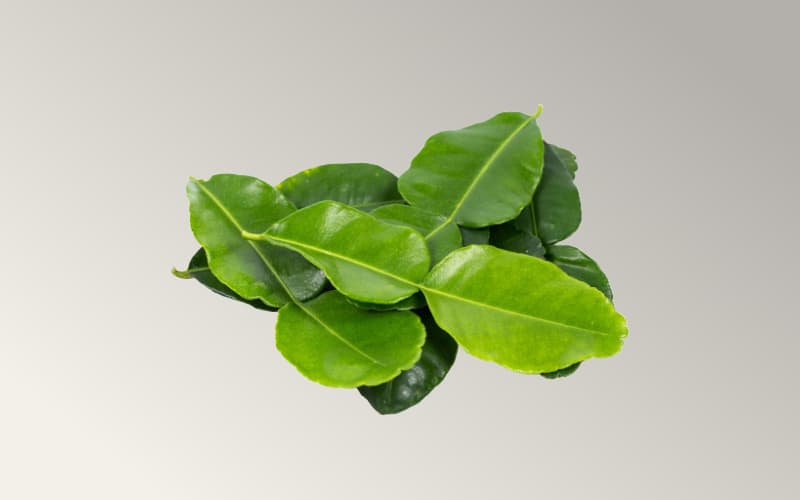
Cost: ~$35 Per Pound
As you might have guessed, this aptly-named herb is the foliage of the Kaffir lime (also known as the “makrut lime”), a type of citrus that’s particularly prolific in tropical Southeast Asia.
Upon reaching peak maturity, Kaffir lime leaves are hand-picked from amid a tangle of thorn-covered branches, then dried and used to lend a burst of sweet, vibrant citrus flavor to a diverse array of foods (notable examples of which include Thai Panang curry, Vietnamese ga nuong la chanh, and Indonesian soto ayam).
Needless to say, the rather exacting harvesting procedure and peerless zestiness of the leaves make for a bundle of green that tends to go for, well, a bundle of green.
8. Grains of Paradise
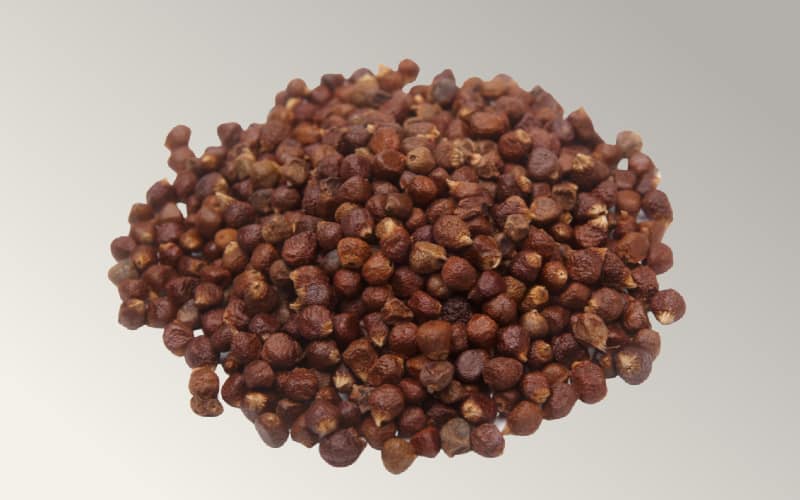
Cost: ~$32 Per Pound
If you’re inclined to guess that a spice with a name like “Grains of Paradise” has to cost an arm and a leg, you’re right. Several factors serve to explain why.
First and foremost, Grains of Paradise (a.k.a. alligator pepper a.k.a. Roman pepper a.k.a. melegueta pepper a.k.a. Guinea grains) is delicious, often described as a cross between black pepper, ginger, and cardamom. Furthermore, its cultivation calls for countless hours of backbreaking labor on Africa’s sweltering west coast.
Last but certainly not least, the raw seeds have a long history of medicinal use on the African continent, having been prescribed at one time or another to treat everything from low sex drive to indigestion.
Between its tantalizing taste and purported health benefits, Grains of Paradise is an in-demand export with the price tag to prove it.
9. Green Cardamom
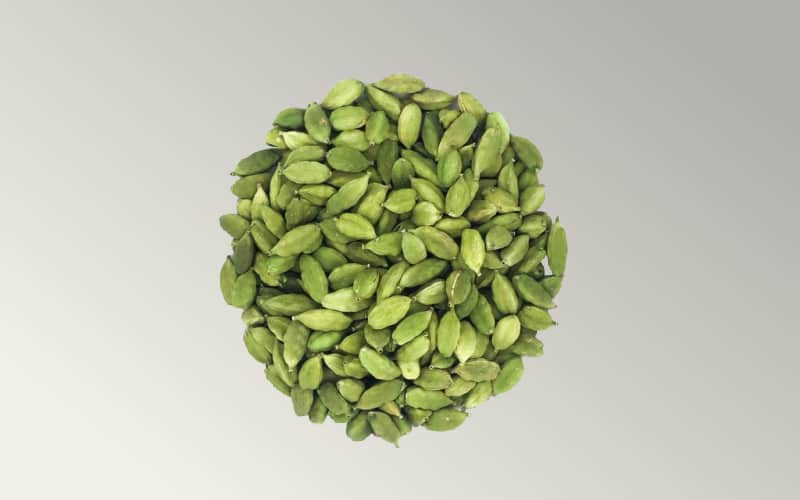
Cost: ~$30 Per Pound
You might know cardamom as one of the key components of garam masala, the famous spice blend that gives Indian and Thai curries their distinctive robustness. Or you might recognize its earthy, aromatic warmth from holiday confections like julekake if you grew up in Sweden, Finland, or Norway.
What you probably don’t know is just how costly it is. That will change if you ever decide to pick some up yourself.
Currently, most spice vendors are charging an average of $30 per pound for whole green cardamom seeds, or roughly $2 an ounce. If rates like that don’t make you appreciate your next chai latte a little more, we’re not sure what will.
10. Pasilla de Oaxaca Chiles
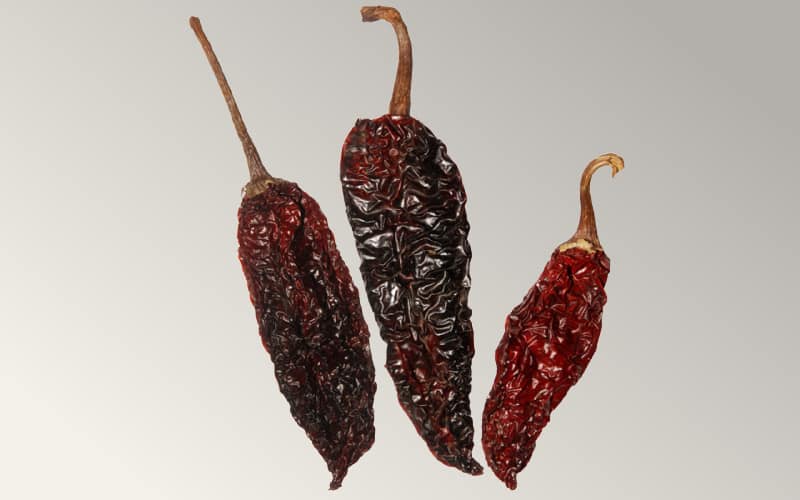
Cost: ~$29 Per Pound
Rounding out our list is the rare and much-desired Pasilla de Oaxaca chile, so named because it only grows in the remote mountainous reaches of Oaxaca, Mexico. This fertile juncture of the Sierra Madre mountain range is renowned for churning out a seemingly never-ending assortment of grade-A chili peppers, and the Pasilla de Oaxaca is no exception.
Like many of the chiles that come out of the region, it’s characterized by a medium-high level of heat and a pronounced smokiness. Along with these givens, however, it offers a depth of flavor that few other chiles can match.
It’s no wonder, then, why it’s hard to find Pasilla de Oaxacas for less than about $30 per pound. That may sound steep, but if you know how to use them correctly, it’s likely to be 30 of the best dollars you’ve ever spent.
Summary
There you have it—10 big-ticket spices from around the world, ranked in order of the size of the dent each one is liable to leave in your bank account.
For more delectable content like this, be sure to check out these other food-related articles:
FAQs
Below are some commonly asked questions about the most expensive spices.
What is the most expensive spice?
Saffron is currently the most expensive spice in the world. This spice is used in various products, from food to cosmetics and even in medicines. One kilogram (2.2 pounds) of Saffron can sell for between $3,000-$4,000.
What does saffron taste like?
Saffron has a subtle earthy taste that is combined with sweet floral tones.
It’s commonly used in many Mediterannean dishes, such as paella and bouillabaisse, and can be found in Asian cuisine, as well as Scandinavian and Balkan bread.
Why is saffron so expensive?
The price of saffron reflects the difficult and tedious work it takes to extract the spice from the flowers. Saffron flowers bloom for only two weeks of the year, and each small flower holds only three stigmas that are harvested and dried by hand.
To produce one kilogram of saffron, you need roughly 150,000 flowers.
Where does saffron come from?
Though saffron can be found in a few Mediterranean countries such as Spain, France, and Italy, its main production comes from Iran and Kashmir.
Iran produces 85% of the world’s saffron due to its dry and warm climate and its ancient traditional knowledge of production.
What is fennel pollen?
Fennel pollen is harvested from the small blossoms that grow at the end of a fennel plant’s stalk.
Because fennel is difficult to grow, fennel pollen is primarily foraged from the wild fennel that grows in Italy and California.
Introduced to the US by Italian immigrants, this “spice of angels” is used in several dishes from pork to pasta, to pizza.
Where does vanilla flavoring come from?
Vanilla flavoring, not to be confused with vanilla extract, is derived from vanilla beans and contains little to no alcohol.
Vanilla extract, on the other hand, is created by soaking vanilla beans in an alcohol solution. The result must contain at least 35% alcohol with a minimum of 100 grams of vanilla beans per liter for the FDA to approve it as an extract.
59% of vanilla exports come from Madagascar, making it the world’s leading country of vanilla exports.
Is vanilla extract healthy?
Many believe that vanilla aids in gas relief, tooth pain, curbing sugar intake and that it also has several antioxidant properties.
What are cumin seeds?
Cumin seeds are small oval-shaped seeds that are harvested by hand from the Cuminum cyminum plant.
They can be used whole or ground into a spice and incorporated into many different dishes. They’re commonly used in Middle Eastern, Latin American, North African, and Indian cuisines.
What is cardamom used for?
There are two different types of cardamom, green cardamom, and black cardamom.
Green cardamom, or “true cardamom,” is used in sweet dishes and can help develop a deeper flavor in baked goods such as cookies and cakes.
Black cardamom has more of a smokey flavor and is useful in savory dishes.
Cardamom is a staple ingredient in many Indian, Middle Eastern, Arabic, and Swedish dishes.
What does cardamom taste like?
Green cardamom has a sweet and robust flavor. It also introduces hints of citrus and mint.
Black cardamom has a smokier flavor with a hint of mint.
Leave a Reply